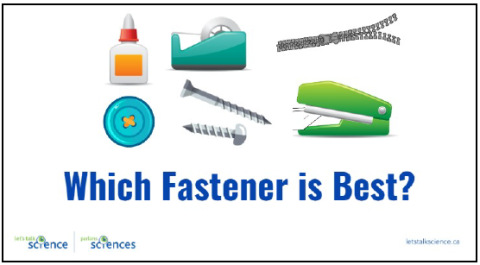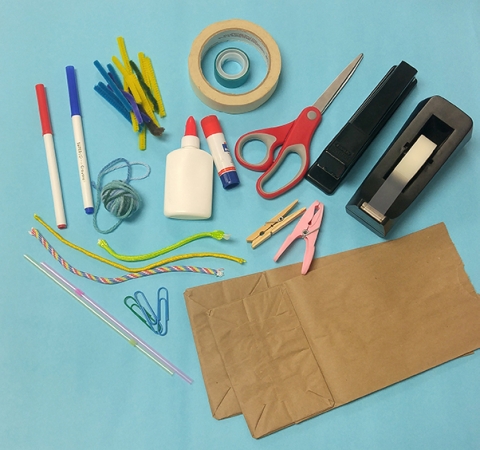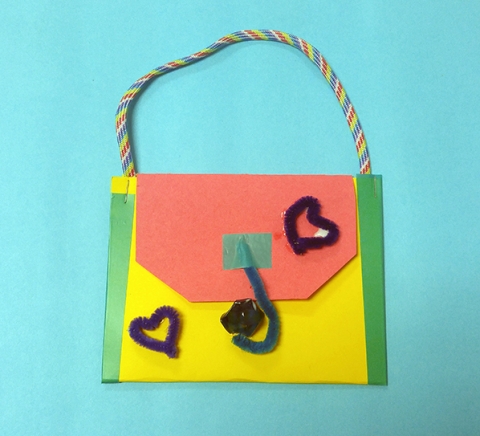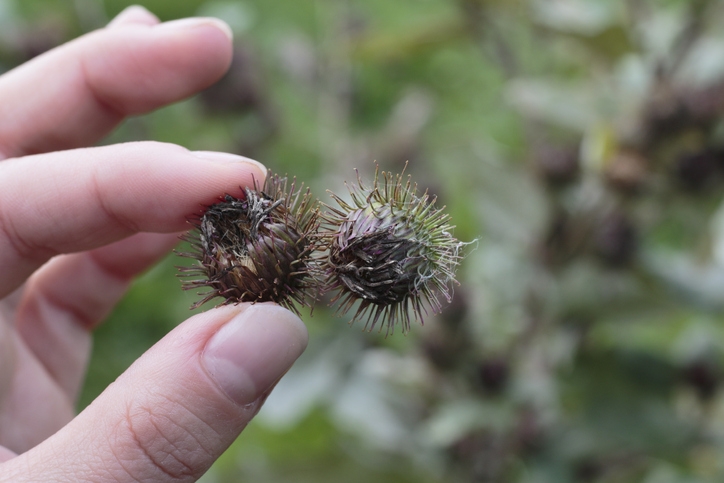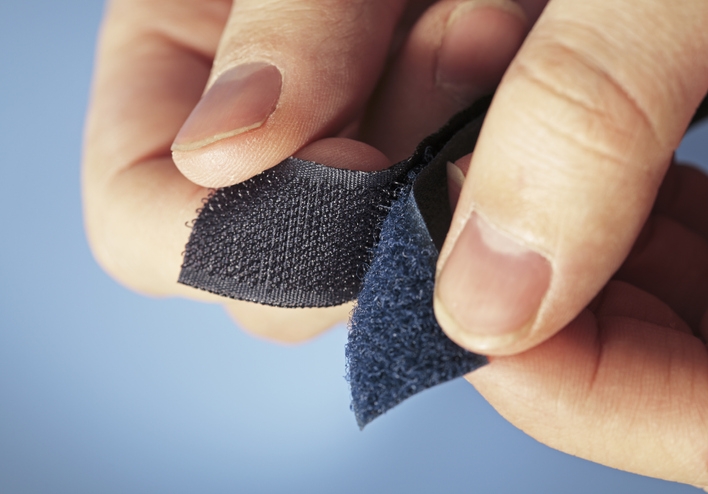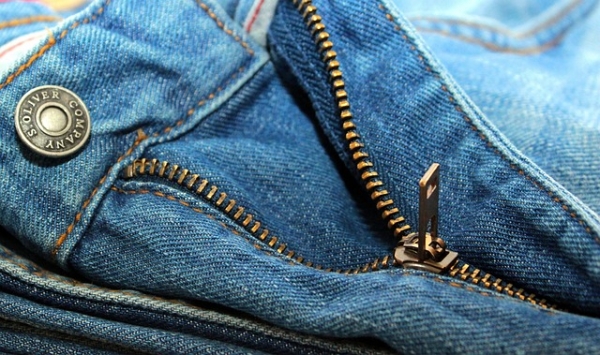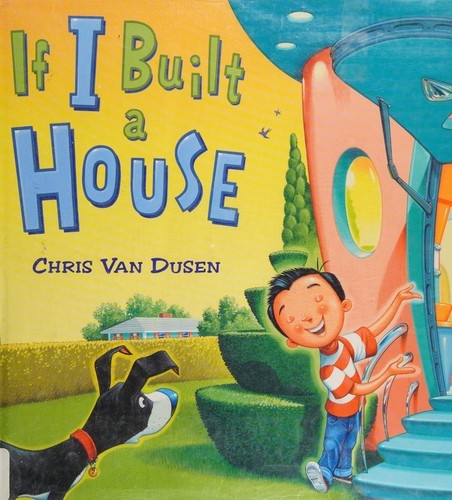Which Fastener is Best?
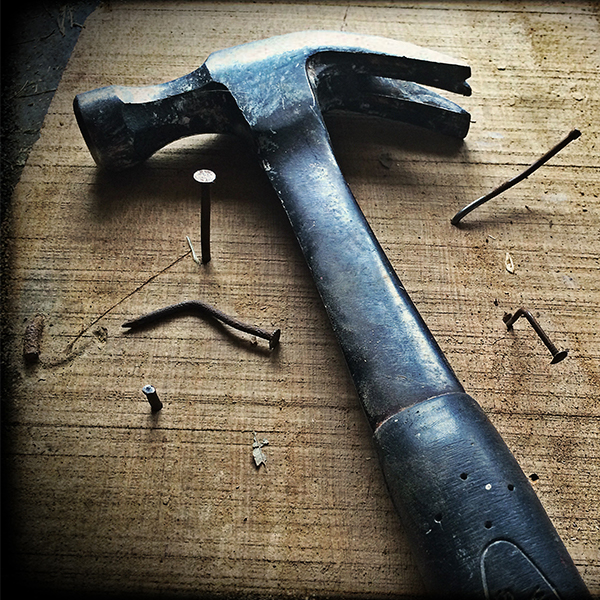
Hammer and nails (Andy Gries, Pixabay)

Hammer and nails (Andy Gries, Pixabay)
How does this align with my curriculum?
Curriculum Alignment
BC
2
Science Grade 2 (June 2016)
Big Idea: Materials can be changed through physical and chemical processes.
BC
K
Science K (June 2016)
Big Idea: Humans interact with matter every day through familiar materials.
NU
1
K-6 Science and Technology Curriculum (NWT, 2004)
Matter and Materials: Characteristics of Objects and Properties of Materials
NU
5
K-6 Science and Technology Curriculum (NWT, 2004)
Matter and Materials: Properties of and Changes in Matter
ON
K
The Kindergarten Program (2016)
13. use the processes and skills of an inquiry stance (i.e., questioning, planning, predicting, observing, and communicating)
PE
K
Science K (June 2016)
Big Idea: Humans interact with matter every day through familiar materials.
YT
2
Science Grade 2 (British Columbia, June 2016)
Big Idea: Materials can be changed through physical and chemical processes.
NT
1
K-6 Science and Technology Curriculum (NWT, 2004)
Matter and Materials: Characteristics of Objects and Properties of Materials
NT
5
K-6 Science and Technology Curriculum (NWT, 2004)
Matter and Materials: Properties of and Changes in Matter
PE
5
Integrated Curriculum Grade 5: Science (Draft 2023)
DK 1.3: Physical and chemical changes can assist us in daily life and improve the world around us.
AB
1
Science 1 (2023)
Matter: Understandings of the physical world are deepened by investigating matter and energy.
AB
K
Science Kindergarten (2023)
Matter: Understandings of the physical world are deepened by investigating matter and energy.
